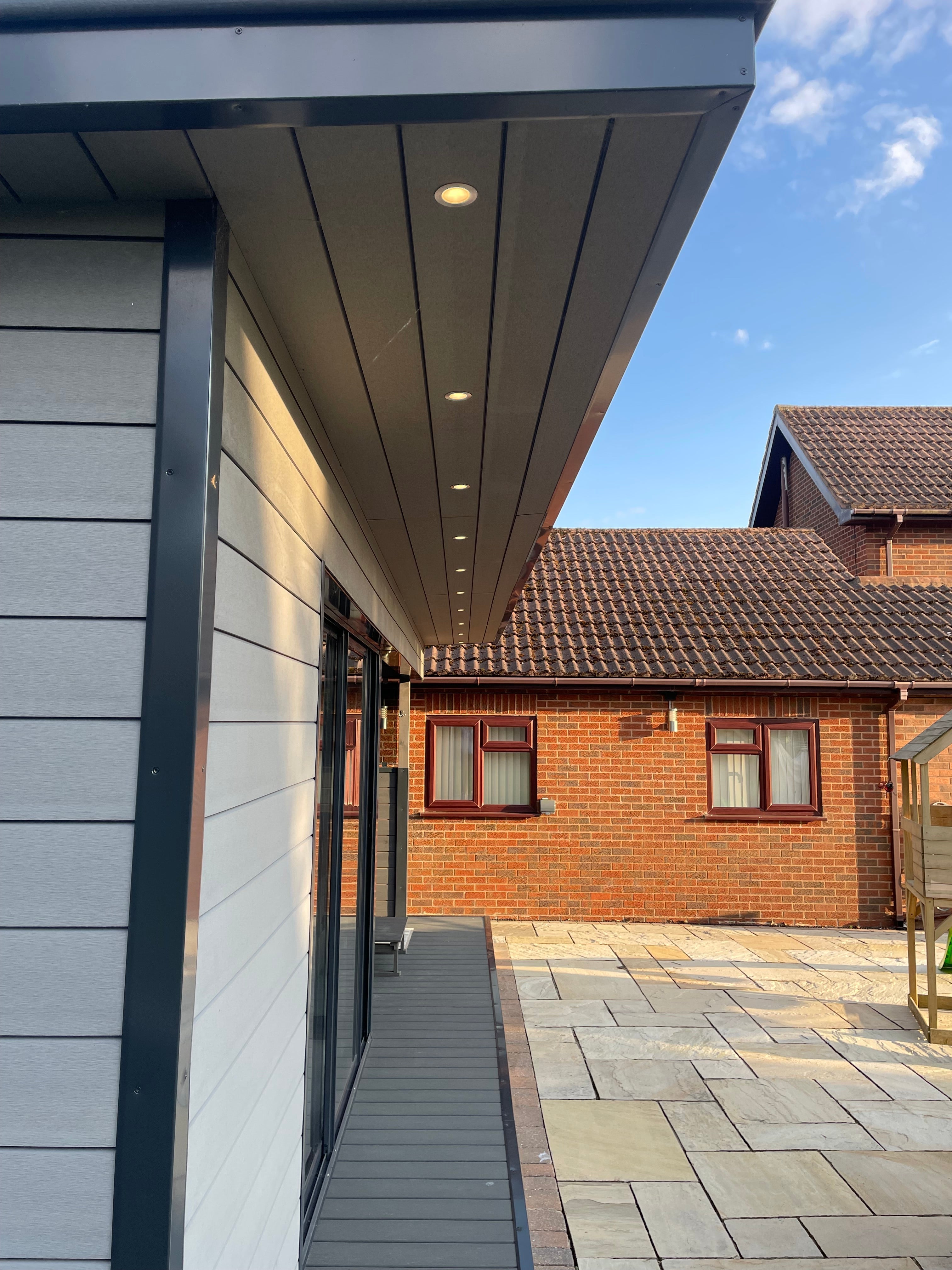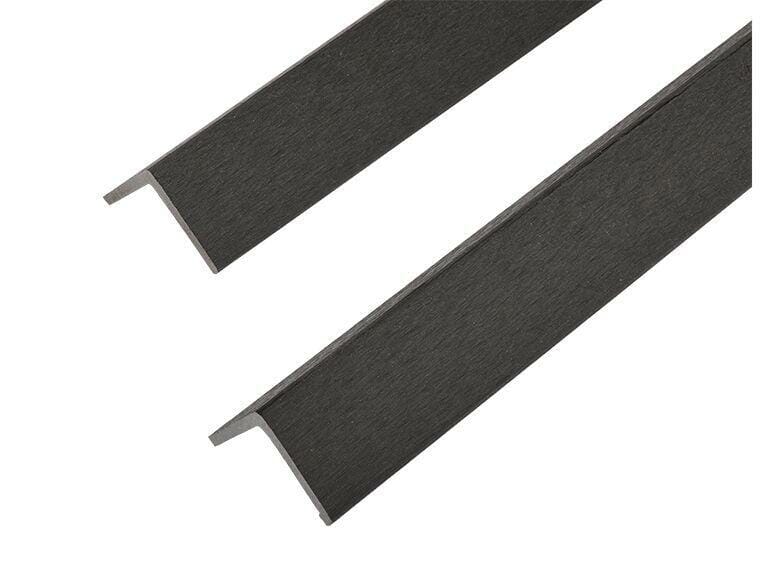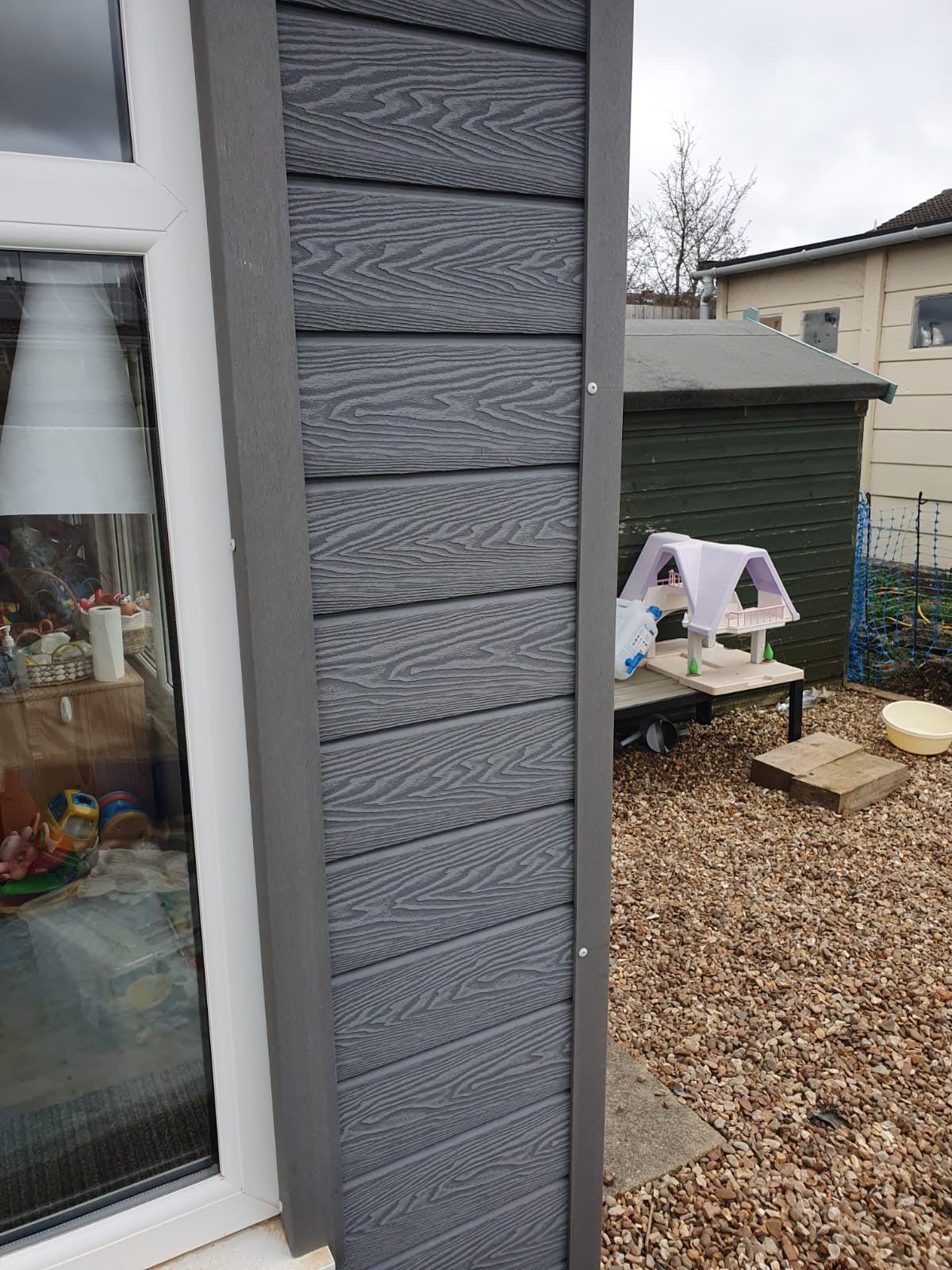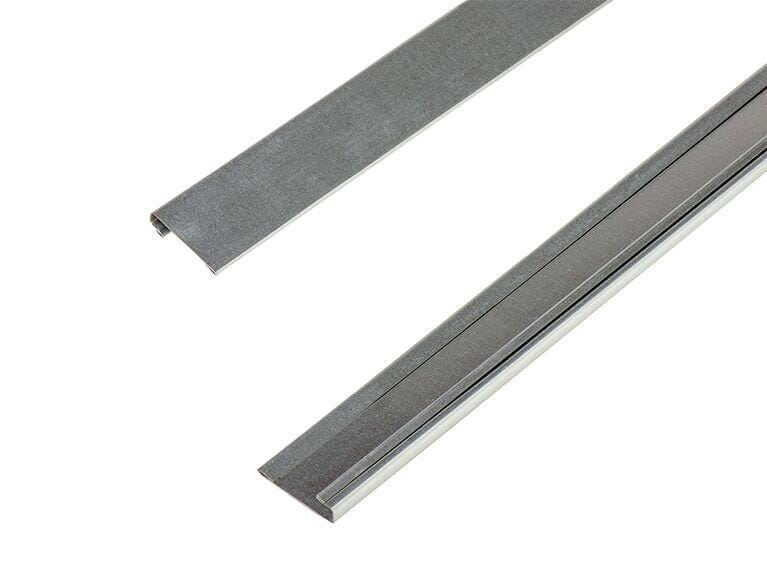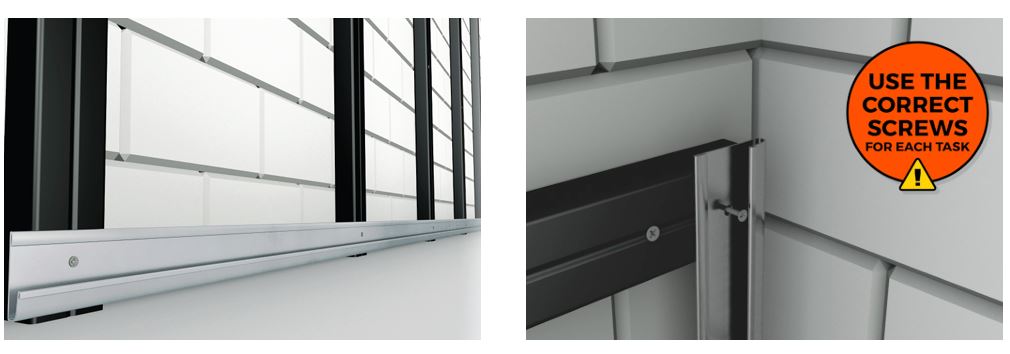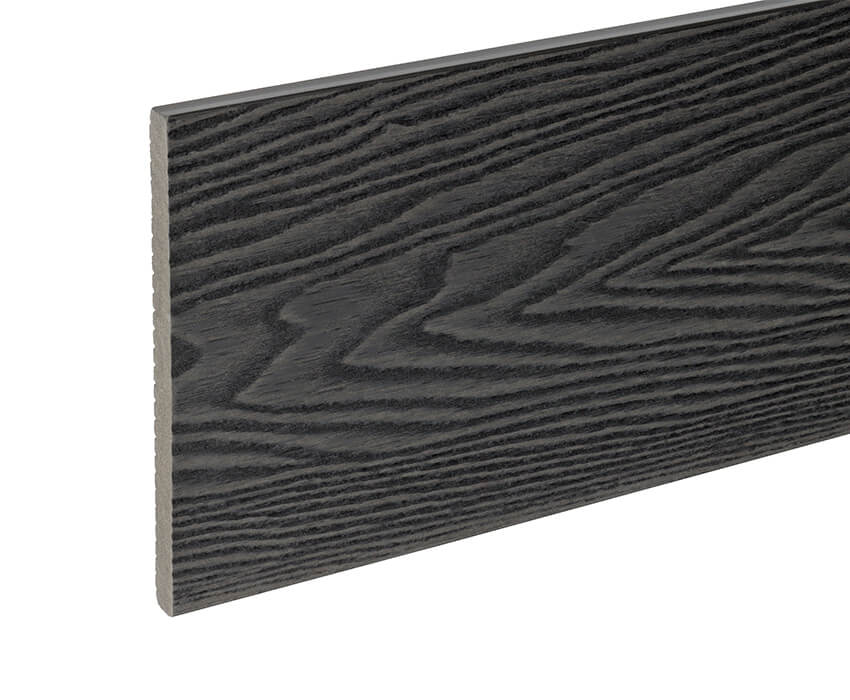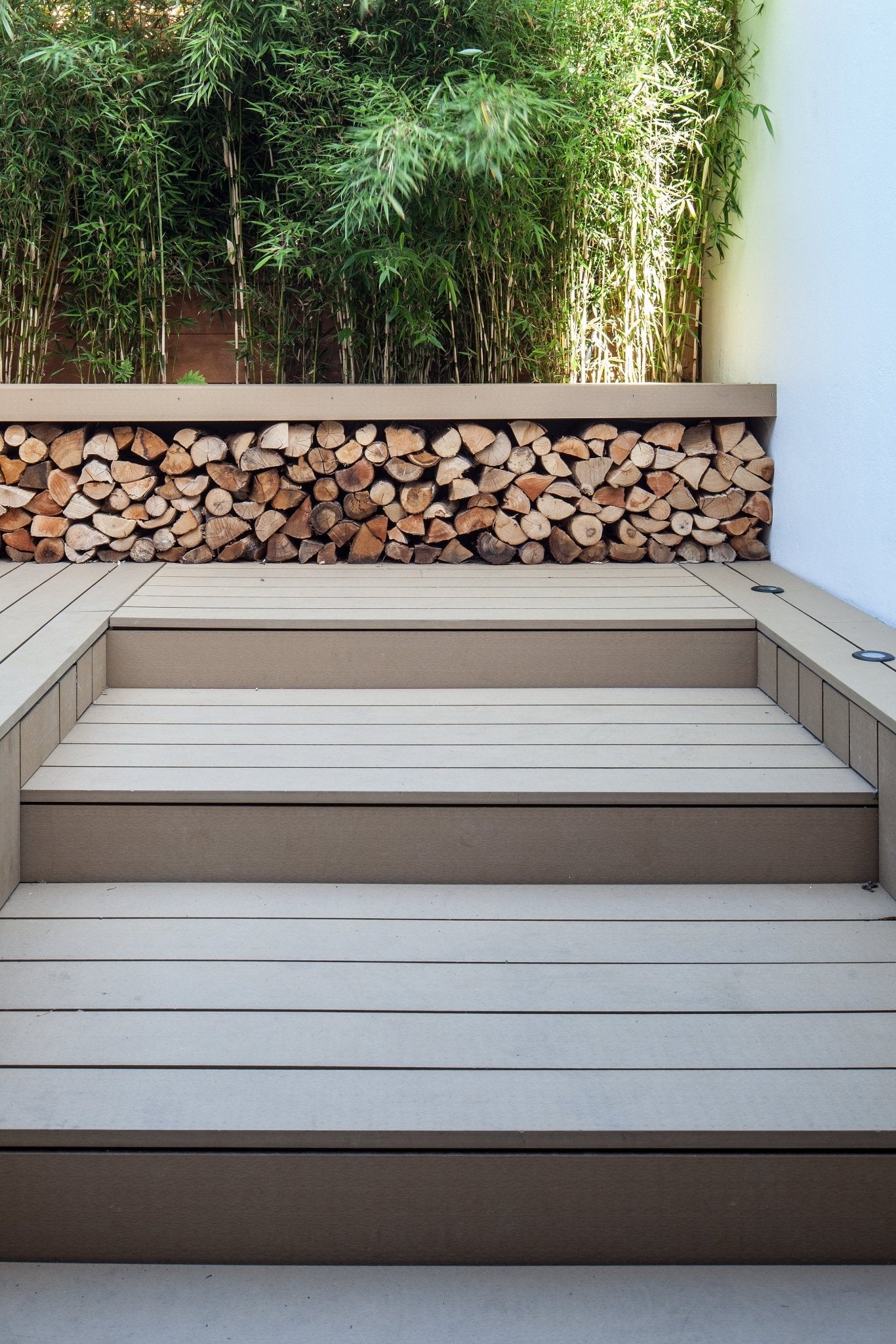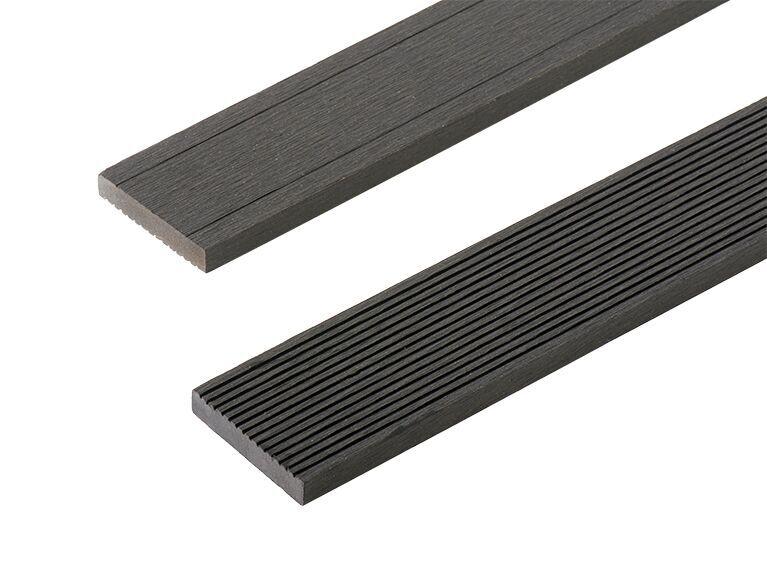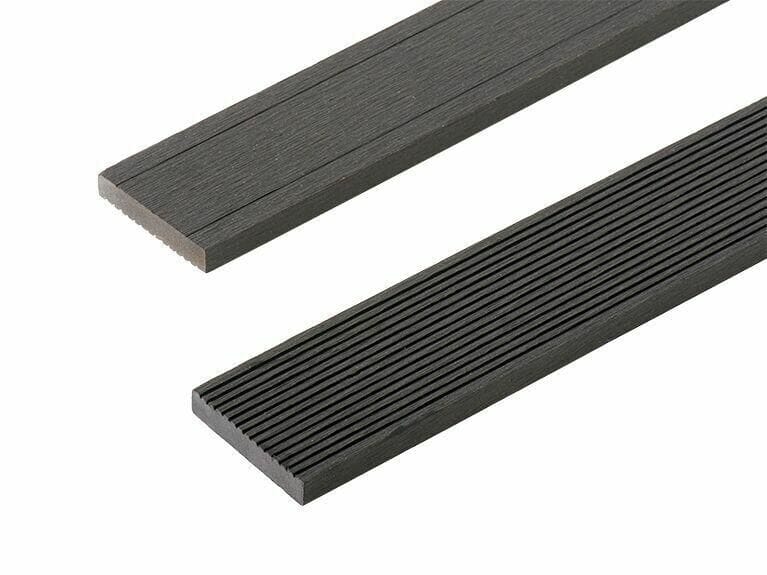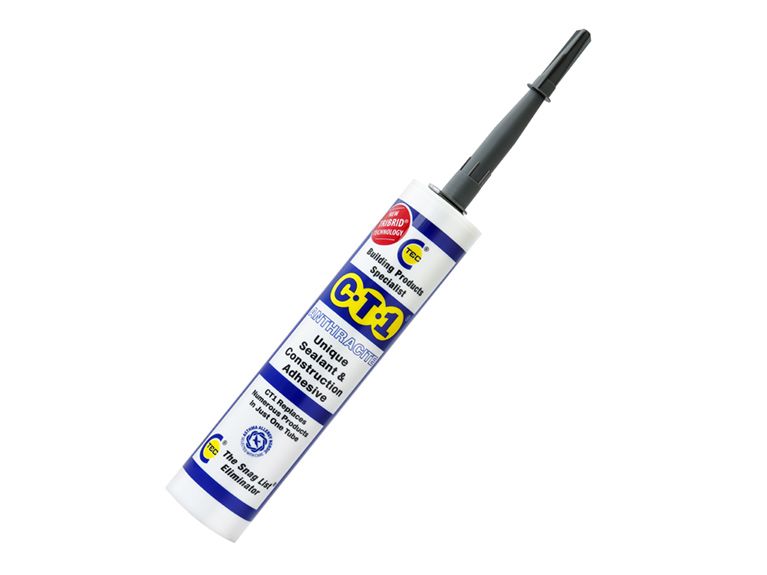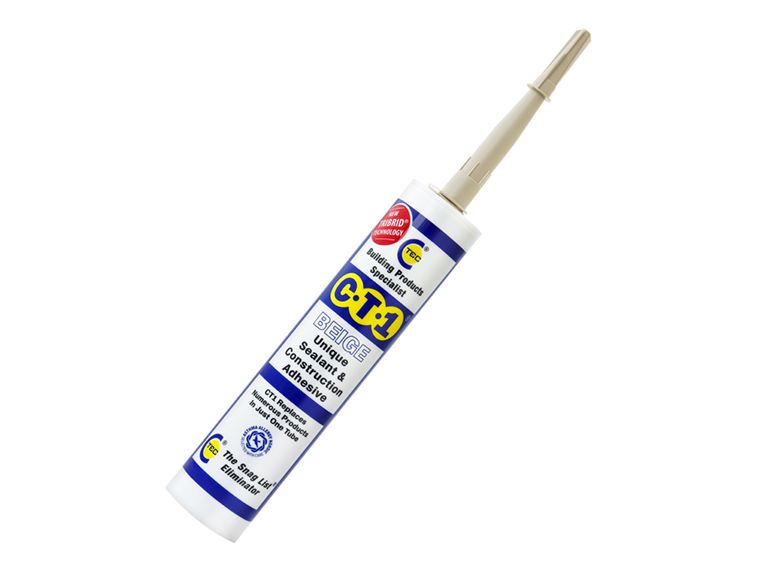If you’re installing composite cladding, you want to get it right the first time.
A secure, long-lasting finish depends on choosing the correct fixing method. So, should you screw or nail composite cladding?
The answer is clear: screws are the superior choice. Here’s why.
Why Screws Win Over Nails for Composite Cladding
Composite cladding is designed to withstand the elements, but how you attach it can make a huge difference in durability and aesthetics.
While nails might seem like a quicker solution, they don’t provide the grip and long-term stability that screws do.
Here’s why screws are the better choice:
- Stronger Hold: Screws provide a firm grip, reducing movement over time. Nails can loosen due to expansion and contraction.
- No Warping or Lifting: Composite expands and contracts with temperature changes. Screws keep the boards securely in place, minimising warping or popping.
- Easier Adjustments: If you make a mistake with a screw, you can simply unscrew and reposition. With nails, you risk damaging the board when pulling them out.
- Neater Finish: Many composite cladding systems have hidden screw fixing systems, allowing for a sleek, modern look.
Best Screws for Composite Cladding Installation
When installing composite cladding, it’s essential to use the right type of screws:
- Stainless Steel Screws: These prevent rusting and corrosion, ensuring a longer lifespan.
- Self-Drilling Screws: No need for pre-drilling, making installation faster and smoother.
- Colour-Matched Screws: For a seamless look, choose screws that match the colour of your cladding.

The M4 x 40 Screws (pictured above) are ideal for fixing the composite cladding to your battens. Contact us for a quote today.
Hidden Fixings for a Seamless Look
If you want a clean, professional finish, consider a hidden fixing system. These systems use clips and screws that secure the cladding from the underside, ensuring a flawless appearance without visible fasteners.
For corners and edges, don’t forget to use composite corner trims. Read this guide to install them like a pro.

Grey composite corner trims, supplied by Trade Warehouse.
Final Verdict: Always Screw, Never Nail
If you want a secure, long-lasting composite cladding installation, screws are the way to go. They offer superior stability, adjustability, and a clean finish, making them the best choice for both DIYers and professionals.
Are you installing composite cladding soon? Drop a comment below with your thoughts or questions

